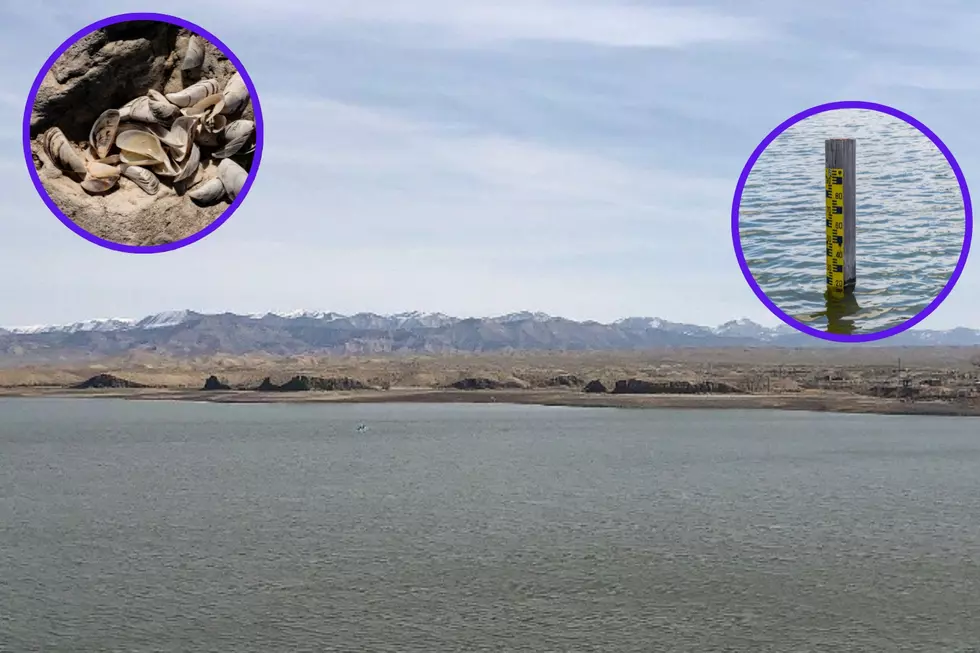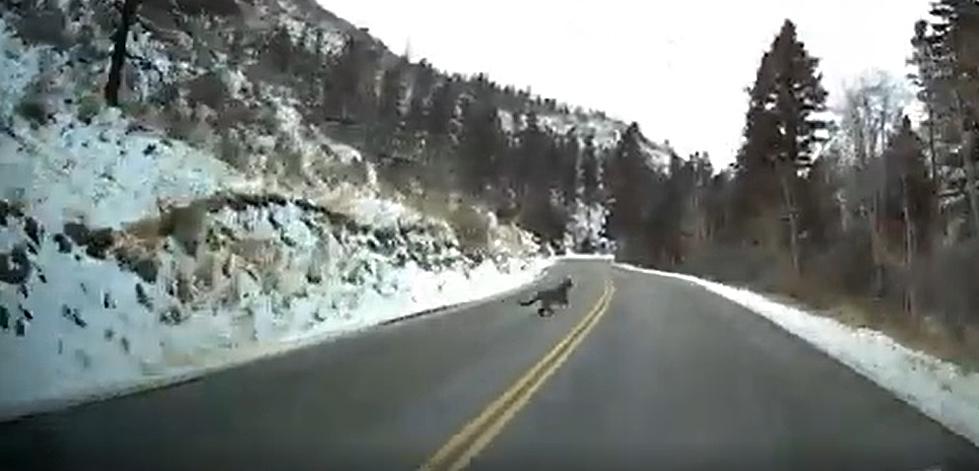
2020 CPW Report Reveals Current State of Colorado’s Big Game Wildlife
Colorado Parks and Wildlife (CPW) has revealed the state of Colorado's big game wildlife in its 2020 Status Report: Big Game Winter Range and Migration Corridors.
The report analyzes mule deer, elk, pronghorn, bighorn sheep, and moose in order to improve the conservation of these big game animals.
Mule deer populations have significantly declined in Colorado over the last decade, decreasing by 210,000 deer between 2007 and 2013.
In order to combat this, CPW implemented a series of deer protection measures in 2014, including improving the animals' habitat and managing its predators.
These efforts have led to an increased population in many deer herds east of I-25, but overall, Colorado is still seeing a collective decline in its mule deer herds.
Elk populations, on the other hand, have been above average, causing CPW to intentionally reduce the animals' presence in Colorado in order to meet the state's elk population objective.
However, hunters are concerned that the elk population is too low now. CPW is looking into this and might raise Colorado's elk population objective in the future.
The organization has also seen a decline in elk calves in Northern Colorado, although the reasoning behind this is still unknown.
Pronghorn populations are currently within their objective; however, the ratio of fawns to does has decreased due to drier range conditions.
Colorado's big horn sheep populations have been affected by diseases contracted through intermingling with domestic livestock.
However, relocation efforts have led to an overall population increase for the animals.
The state's moose populations are also on the rise. So much so, in fact, that CPW has been increasing hunting licenses for cow moose in order manage it.
CPW will continue to research and study these populations in order to keep Colorado's wildlife as healthy as it can be.

The Most Dangerous Animals in Colorado + Why They're Dangerous
More From 99.9 The Point
![[WATCH] Adorable Elk Plays Soccer With Kids in Colorado](http://townsquare.media/site/50/files/2024/06/attachment-Untitled-design-49.jpg?w=980&q=75)








